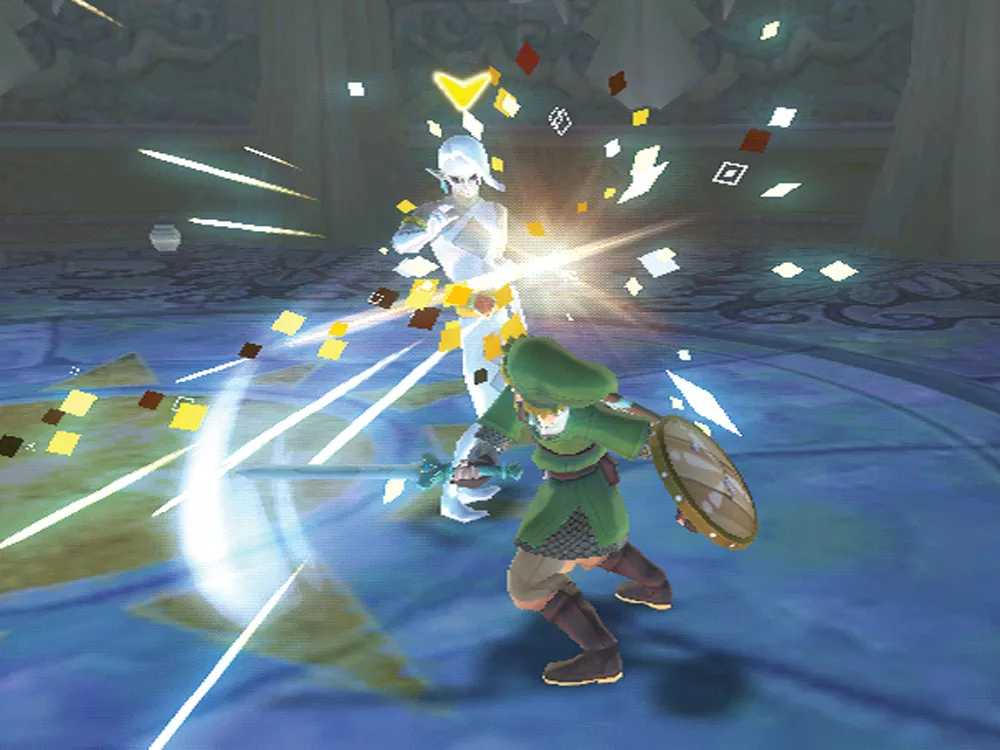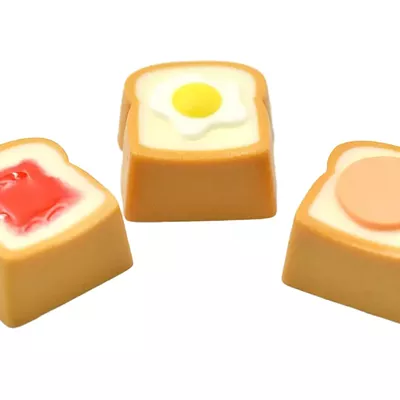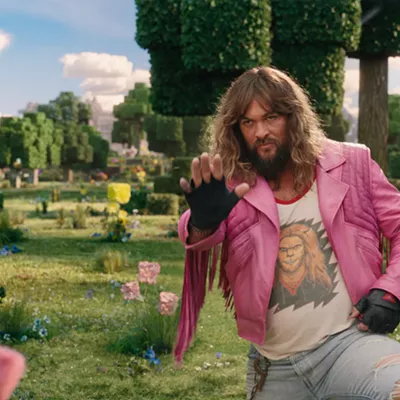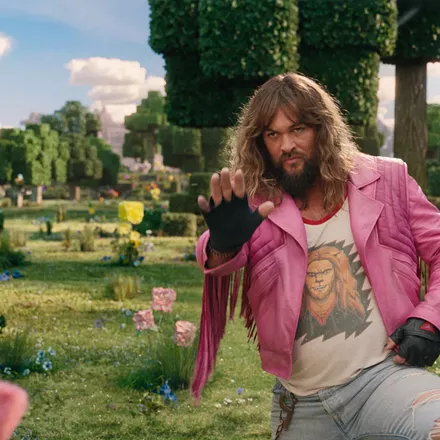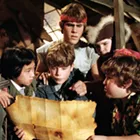Link, the hero of The Legend of Zelda: Skyward Sword, lives on a floating island up in the clouds. This island is not to be confused with the island that Link lived on in Wind Waker, which floated in water. In that case, Link needed to sail a ship in order to travel from island to island. In Skyward Sword, he flies between the floating cloud-islands on the back of a giant bird.
The difference between the bird and boat — aside from the type of fluid they travel through — is that Link can dive off the bird and parachute to the ground. This allows him to leave the cloud islands and go to the landscape below, which is full of forests, volcanoes and temples — not to be confused with the forests, volcanoes and temples that Link has been exploring since the original The Legend of Zelda.
Exploring has always been a dangerous activity for Link, and this time it’s no different. As he explores the trees, sands and stones of the landscape, he faces the usual rigmarole of monsters that he’s been battling since Zelda went 3D in Ocarina of Time. These range from cannon-shaped creatures that pop out of the ground and spit stones, to giant spiders with armored backsides that drop from above.
Most of these monsters, as always, are easy to defeat once Link learns their patterns. Trickier are the goblins and demons that carry swords and cleavers. In order to combat them, Link must learn to wield his sword, which requires me to learn to wield the Wii’s motion-sensitive controller. This activity is much different from Link’s last outing on the Wii, Shadow Princess, when I was basically limited to using the Wii remote’s point-and-click technology to aim his bow and arrow.
Now Link’s sword mimics my arm’s tilts, twists and thrusts. In much the same way that Phantom Hourglass used the DS’s touch-screen to take real-world movement and incorporate it into the game, I now confront enemies with genuine swordplay. In turn, my enemies can track my movements and anticipate the angle of my attacks. The results are dynamic battles that break the standard Zelda format, bringing a new type of combat into a series that has become a little bit repetitive.
THE GOOD: Skyward Sword uses the Wii’s motion-detection more intelligently than any other game (which is a little late now that the system is on its way out). Beyond the well-done swordplay, somebody at Nintendo realized the Wii was motion-sensitive, and so I don’t need to keep pointing at the screen to indicate my actions — I simply gesture in the appropriate direction.
THE BAD: Like a Top 40 song, each Zelda game is a lot like the one that was played before. This makes the series seem like a timeless “legend,” but it also turns each game into a predictable story. If Nintendo really wanted to be innovative, they could have given Link something new to do (other than rescue the princess), in a world that he’s never seen. Even Mario has taken the leap into a few new galaxies.
THE BOTTOM LINE: Skyward Sword is classic Zelda held aloft by some innovative swordplay.

